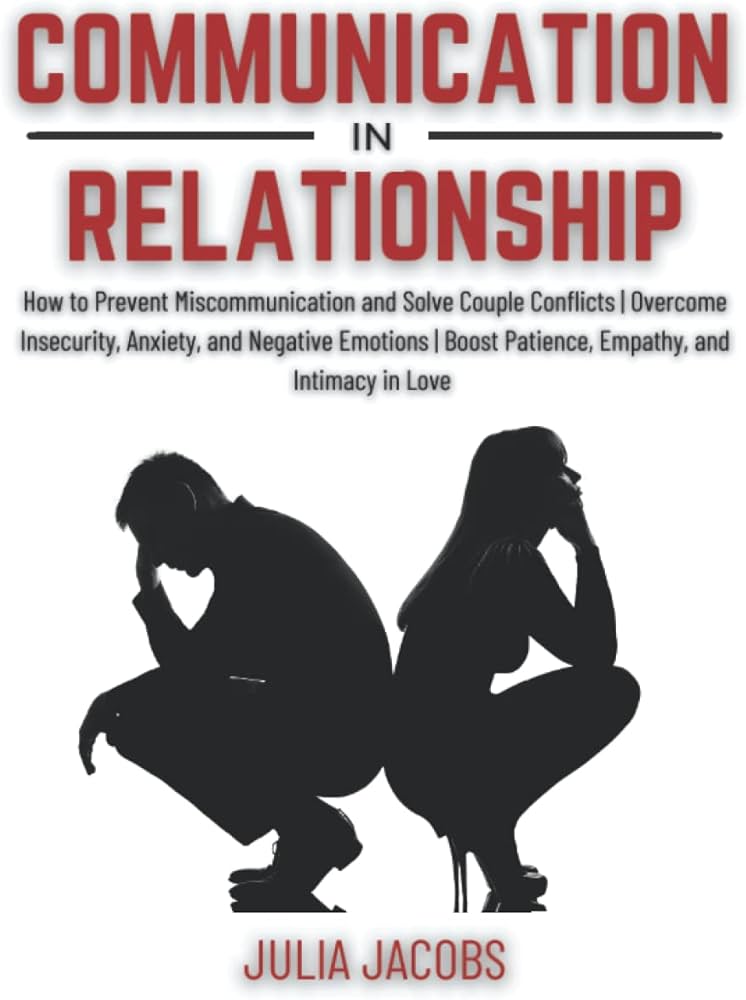The Evolution of Communication
In today’s fast-paced digital age, it’s easy to take modern communication for granted. From instant messaging to social media, we are constantly connected, sharing information effortlessly. However, the path to this seamless communication has been a long and fascinating one. Let’s embark on a journey through time to explore the remarkable evolution of communications.
The Evolution of Communication
Prehistoric Era
In ancient times, communication was largely non-verbal. Early humans relied on primitive forms such as cave paintings, hand gestures, and vocal sounds. These early methods were essential for conveying messages within tribes and marking territories. Evidence suggests that the first humans might not have possessed complex language; they communicated through hand signs, gestures, and sounds like drums or whistles. This rudimentary communication laid the groundwork for the more structured systems that would emerge later.
Ancient Writing Systems
Around 3000 BCE, civilizations such as the Sumerians and Egyptians developed writing systems. Cuneiform and hieroglyphics emerged as ways to record information on clay tablets and papyrus. This pivotal moment in human history allowed knowledge to be preserved and transmitted across generations. The development of pictograms around 9000 BCE was a significant step, followed by ideograms that represented more abstract concepts. The alphabet eventually evolved from these earlier systems, becoming a fundamental component of communication.
The Birth of the Postal System
The Persian Empire established the first courier service in the 6th century BCE, utilizing mounted messengers for long-distance communication between cities. This early postal system laid the groundwork for the development of organized postal services, which would later revolutionize how people sent written messages across vast distances.
The Printing Revolution
In the 15th century, Johannes Gutenberg’s invention of the printing press transformed communication once again. Printed books and pamphlets became accessible, democratizing knowledge and allowing for the spread of ideas to a wider audience. The printing press paved the way for mass communication, fundamentally altering the way information was shared and consumed.
Telegraph and Telephone
The 19th century witnessed breakthroughs in communication technology. The telegraph, developed by Samuel Morse in 1837, utilized Morse code to transmit messages over long distances. This innovation connected the world in ways that were previously unimaginable. Shortly thereafter, Alexander Graham Bell’s invention of the telephone in 1876 enabled direct voice communication over distances, adding a personal touch that transformed human interaction.
Radio and Television
As the 20th century unfolded, radio became a household staple, allowing the broadcasting of news, entertainment, and music to reach vast audiences. The subsequent emergence of television revolutionized visual communication, further enriching the media landscape and introducing a new era of mass communication.
The Internet and Email
The late 20th century marked the birth of the internet, a transformative force that connected the globe like never before. Email emerged as a significant innovation, enabling near-instant written communication across the world and reducing reliance on physical letters. This digital revolution made information sharing quicker and more efficient.
The Rise of Social Media
The 21st century ushered in the era of social media, redefining how individuals interact and share information. Platforms such as Facebook, Twitter, and Instagram became integral parts of modern communication, facilitating real-time sharing and fostering global connections. Social media has transformed how people communicate, allowing for both personal interactions and widespread information dissemination.
Mobile Communication and Beyond
With the advent of smartphones, mobile communication exploded. Video calls, instant messaging, and various social media platforms became integral to daily life, bridging distances and transcending geographical boundaries. The shift from traditional communication methods to mobile applications signifies a profound change in how we connect with one another.
The Future of Communication
As we reflect on the rapid evolution of communication, it’s essential to recognize its profound impact on all aspects of life, including business and personal interactions. Each technological advancement has shaped our ability to share information, fostering connections across the globe. Understanding the roots of our modern communication landscape helps us appreciate the strides made over the years and prepare for the exciting possibilities that the future may hold.
Last Thoughts
In conclusion, the evolution of communication is a testament to human ingenuity and adaptability. From prehistoric gestures to the instantaneous sharing of information in the digital age, the essence of communication—connecting people and sharing knowledge—remains unchanged. As we continue to innovate and explore new frontiers, the fundamental purpose of communication will endure, enriching our lives and shaping our societies.



